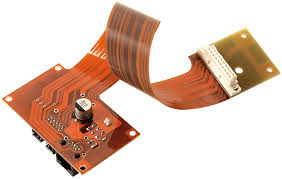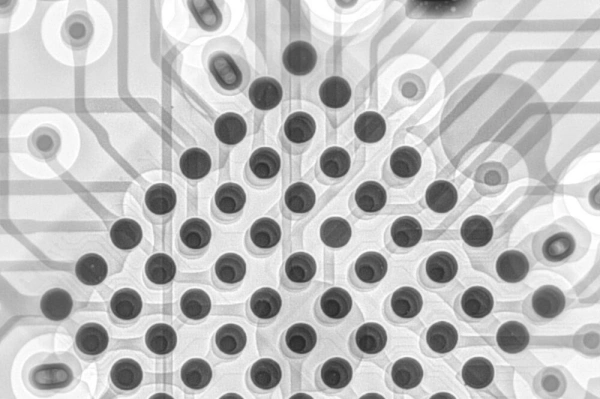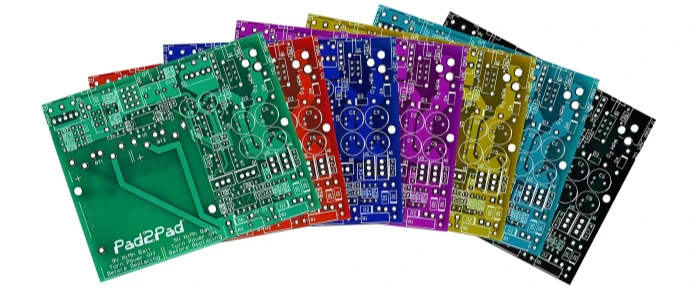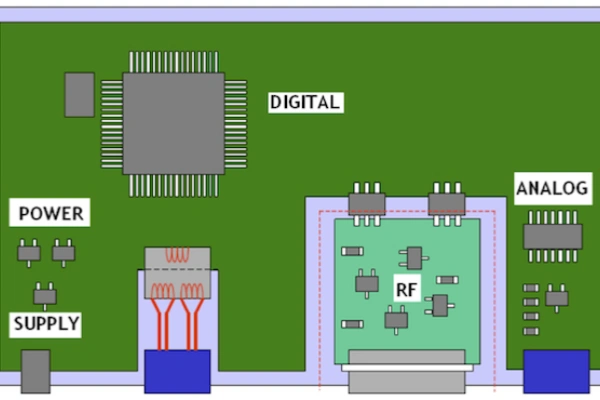High-Speed PCB Design: Impedance Matching Essentials

When you learn to design high-speed PCBs, it signifies that you can move beyond simple single-chip circuits and tackle more complex embedded systems. While learning high-speed PCB design involves numerous theories and technical details, hands-on experiments can provide a deeper understanding of one of the most crucial concepts: impedance matching.
Experiment 1: Observing Signal Reflection
In the first experiment, a signal generator is used to produce a pulse signal with a width of approximately 50ns, equivalent to a 20Mbps signal.

This signal is routed through a T-junction connector, allowing it to be fed into both an oscilloscope and a 10-meter coaxial cable. The other end of the coaxial cable is left open. Theoretically, this open-ended wire should not affect the signal. However, upon connection, a nearly identical pulse appears on the right side of the original pulse on the oscilloscope.

This phenomenon can be likened to a sound wave reflecting off a wall when it encounters a barrier. Similarly, the electrical signal, unable to continue propagating at the end of the cable, reflects back to the source, causing significant signal distortion.

Although this experiment uses a low-frequency signal, for higher frequency signals, even trace lengths measured in centimeters can result in signal reflections.
Experiment 2: The Impact of Impedance Matching
In the second experiment, the impedance at the end of the coaxial cable is gradually reduced from 50kΩ, 5kΩ, and 500Ω down to 50Ω, and the waveform is observed. The results show that as the impedance decreases, the reflection wave diminishes until it completely disappears at 50Ω.

Defining and Understanding Impedance Matching
This is a standard communication model that includes a signal source, transmission line, and receiving end. Whether it’s USB, UART, PCIe, or DDR, it follows the same structure. The signal originates from the signal source, passes through the transmission line, and reaches the receiving end. Within each of these components—signal source, transmission line, and receiving end—there are parasitic resistances, capacitances, and inductances. These parasitic elements can impede the transmission of high-speed signals, which is referred to as impedance. When the signal is transmitted among these three parts, if the impedance of adjacent sections is inconsistent, reflections occur at the junction points.

This is actually similar to the propagation of light in different media. When the refractive index of the medium changes, a portion of the light will reflect at the interface. The greater the difference in refractive index, the stronger the reflection will be.

Returning to the previous experiment, the impedance of the signal generator is 50 ohms, and the impedance of the coaxial cable is also 50 ohms, so there will be no reflection at the arrow end. The resistor at the end of the cable can be considered as the receiving end. As long as this resistor is not equal to 50 ohms, reflections will occur at the junction between the coaxial cable and the resistor.

Therefore, to avoid the presence of reflections that can affect signal quality, we must ensure that the impedances of the signal source, transmission line, and receiving end are essentially consistent, which is the significance of impedance.

Application of Impedance Matching in PCB Design
In most cases, the impedance of the signal source and receiving end on a PCB is predefined by the chip manufacturer. For example, USB differential impedance is specified at 90Ω, and SDIO single-ended impedance is 50Ω. Designers only need to route the traces according to these requirements to connect the transmitter and receiver with the appropriate impedance.

How to Test Impedance
Impedance can be tested using an oscilloscope. As shown in the image, the yellow channel represents the actual test waveform, while the red channel displays the impedance results calculated from the yellow channel. This testing method helps verify the impedance matching in the design, ensuring signal integrity.

The following are the calculation formulas.

Conclusion
Impedance matching is an essential aspect of high-speed PCB design. By understanding and applying this concept through experiments and testing, designers can significantly enhance circuit quality, minimize signal reflection, and distortion, and improve the system’s stability and performance.









